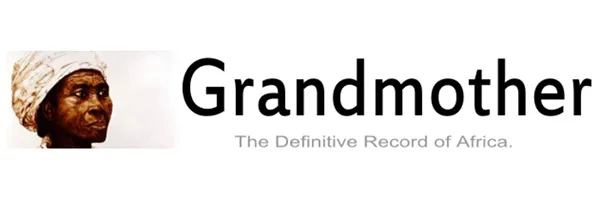MerKaBah
The Merkabah, derived from ancient Hebrew, is often translated as the “chariot of light,” signifying its role as a vehicle for spiritual transformation. It is deeply intertwined with Jewish mysticism and Kabbalistic teachings. The Merkabah is a divine light vehicle used by ascended masters to connect with those attuned to higher realms of consciousness. Its spiritual use is multifaceted and includes the following aspects:
- Spiritual Journey and Connection with Higher Realms:
- The Merkabah is believed to enable individuals to make a sublime journey to God and to connect with higher dimensions and beings of other realms.
- It is described as a counter-rotating field of light in the shape of two interlocked tetrahedra, forming a star tetrahedron, which facilitates the transportation of the spirit/body from one dimension to another.
- Personal Growth and Healing:
- Working with the Merkabah is associated with personal healing, enhanced intuition, and spiritual growth. It is believed to have profound practical benefits, including energetic protection and alignment with higher consciousness.
- The Merkabah is used to stimulate personal growth and align oneself, harmonizing male and female energy, much like a Yin/Yang symbol.
- Activation for Spiritual Expansion:
- Before using the Merkabah as a tool for spiritual expansion, it must be activated. Its inert default state requires activation before harnessing its power.
- Symbol of Spiritual Evolution:
- The Merkabah is considered the most powerful symbol of spiritual evolution. It is not merely something to be read or learned about; rather, it is something to be experienced.
The Merkabah’s use in spiritual practices is deeply rooted in ancient mysticism and continues to be a subject of interest and exploration for individuals seeking personal and spiritual development.
Merkabah Mysticism
Merkabah (Hebrew: מֶרְכַּב, lit. ‘chariot’) or Merkavah mysticism is a school of early Jewish mysticism, centered on visions such as those found in the Book of Ezekiel chapter 1, concerning stories of ascents to the heavenly palaces and the Throne of God. The main corpus of the Merkabah literature was composed in the period 200-700 CE, although later references to the Chariot tradition can also be found in the literature of the Ashkenazi Hasidim in the Middle Ages. A major text in this tradition is the Maaseh Merkabah (Hebrew: מַעֲשֵׂה מֶרְכָּבָה, lit. ‘Work of the Chariot’).
The term “Merkabah” is found in the Old Testament, used by the prophet Ezekiel to describe his vision. The Book of Ezekiel offers one of the first and most elaborate accounts of Merkabah mysticism, written in the 6th century BCE. The term “Hekhalot,” derived from the Hebrew word “heckal,” which translates to temples, emerged between the 1st and 6th centuries CE, marking a significant transition in Jewish mysticism, bridging ancient Merkabah traditions with later esoteric teachings.
Merkabah mysticism is often thought to have originated from the Hebrew word “Merkavah,” which translates to chariot. The word first appears in the Old Testament and is used by the prophet Ezekiel to describe his vision. The Merkabah was thought to be a divine light vehicle that transported people from one dimension to another, enabling them to access, connect with, and communicate with beings of other dimensions. It is described as counter-rotating fields of light in the shape of two interlocked tetrahedra, forming the shape of a star tetrahedron.
The Merkabah is also referenced in several places in traditional Jewish liturgy, and its study was discouraged, except by mature individuals with an extensive grounding in the study of traditional Jewish texts. Today, Jews customarily read the biblical passages concerning the Merkaba in their synagogues every year on the holiday of Shavuot.
Merkava, the throne, or chariot, of God as described by the prophet Ezekiel, became an object of visionary contemplation for early Jewish mystics. Merkava mysticism began to flourish in Palestine during the 1st century AD, but from the 7th to the 11th century, its center was in.








